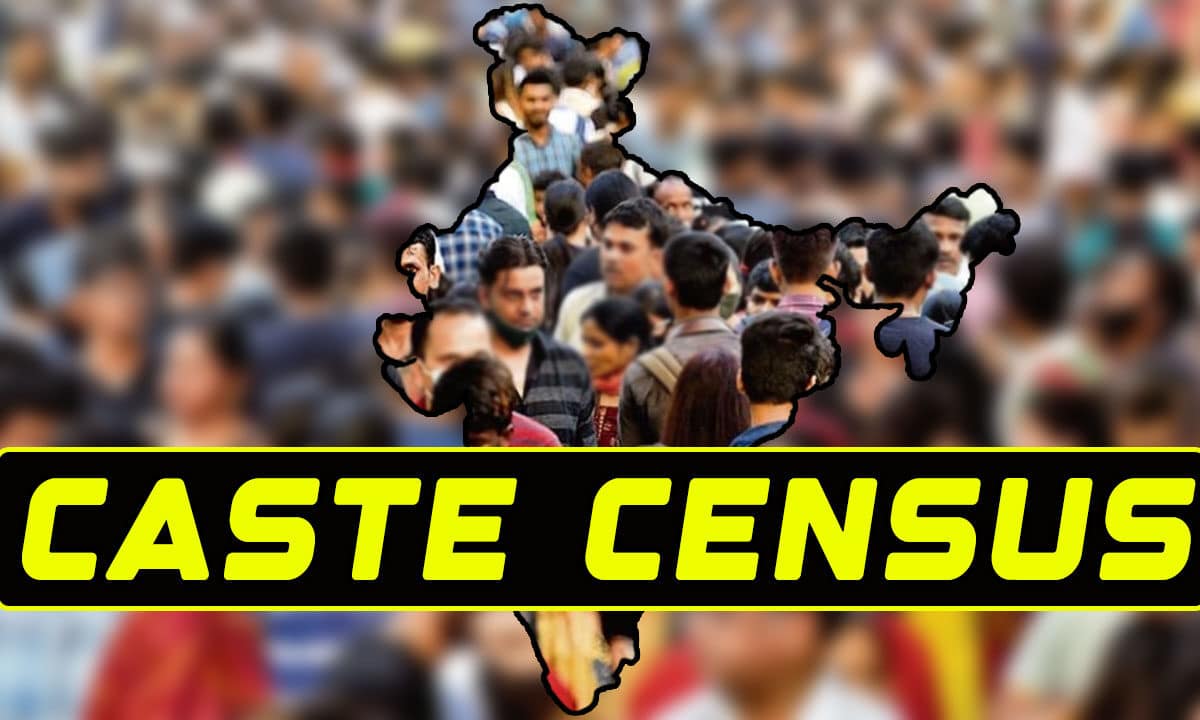Explainer: Caste Census – History, Politics, and Its Growing Significance
The central government's decision to include caste enumeration in the upcoming national census has reignited debates around India's historical, political, and social fabric.

The central government’s decision to include caste enumeration in the upcoming national census has reignited debates around India’s historical, political, and social fabric. After more than 70 years of avoiding comprehensive caste-based data collection, the Centre has announced a major policy shift.
Table of Contents
What is a Caste Census?
A caste census systematically collects data on individuals’ caste identities during a nationwide census. In India, where caste plays a vital role in shaping social, economic, and political realities, such data is crucial for understanding demographic distribution, framing affirmative action policies, and ensuring social justice.
Historical Context of Caste Enumeration
British India (1881–1931)
Caste enumeration was a regular feature of censuses in British India, conducted every decade between 1881 and 1931. The colonial government collected detailed information on caste, religion, and occupation to better understand and control India’s diverse society.
Post-Independence Changes (1951)
In independent India’s first census in 1951, the government, led by Prime Minister Jawaharlal Nehru, decided to end caste enumeration—except for Scheduled Castes (SCs) and Scheduled Tribes (STs)—to promote national unity and avoid reinforcing caste divisions.
1961 Directive to States
Although the central government refrained from conducting caste censuses, it allowed states in 1961 to prepare their own lists of Other Backward Classes (OBCs), supporting affirmative action efforts at the state level.
Caste Census as a Political Issue
Mandal Commission (1980)
The Mandal Commission’s recommendations to reserve 27 per cent of central government jobs for OBCs highlighted the need for updated caste data. However, the absence of comprehensive figures complicated the implementation of policies aimed at social justice.
Socio-Economic and Caste Census (SECC) 2011
In 2011, the UPA government initiated the SECC, aiming to gather extensive caste-based data. However, the caste data was never fully released or officially utilized, drawing criticism from opposition parties and social organizations.
State-Level Surveys
With no national caste census available, states like Bihar, Telangana, and Karnataka conducted their own caste surveys. Bihar’s 2023 caste survey notably revealed that OBCs and Extremely Backward Classes (EBCs) made up over 63 per cent of the state’s population.
Why Caste Census Matters
A caste census is not merely a data collection exercise but a tool to promote social equity. Activists argue that accurate caste data can:
- Inform targeted reservation policies in education, employment, and welfare.
- Expose intersectional inequalities shaped by caste, region, religion, and economic status.
- Strengthen efforts toward equitable development.
Poonam Muttreja, Executive Director of the Population Foundation of India, emphasized that without caste-based data, it is challenging to design truly inclusive policies that address deep-rooted disparities.
However, concerns remain that caste enumeration might also entrench caste identities and deepen societal divisions.
What Lies Ahead?
The Centre’s decision signals a major shift in policy thinking after decades of resistance. Yet, critical questions remain:
- How will the caste data be collected and categorized?
- How transparently will the results be used?
- What mechanisms will be in place to prevent misuse or political manipulation of the data?
While the timeline for the exercise has not yet been finalized, the inclusion of caste data in the national census is expected to have profound effects on governance, electoral strategies, and India’s journey toward social justice.
